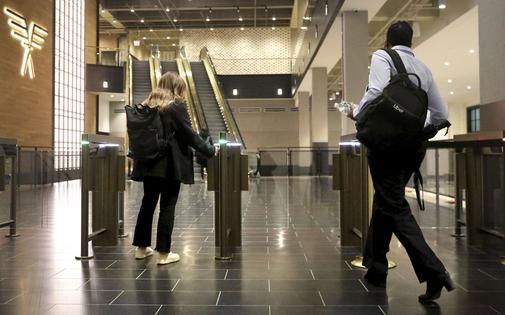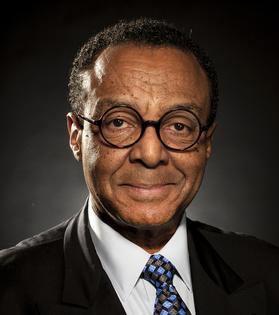Back to ‘Abnormal’? Chicago Can Come Back After the Pandemic is Gone
Pardon me if I glance at the top of this column just to remember what day it is.
Besides old age, chalk it up to the past two years of pandemic conditions under which Americans have been living.
When people ask how things are going, I want to say, “We seem to be getting back to abnormal.”
I want to say “abnormal” because after two years of pandemic conditions, it’s not always easy to say what’s normal.
Under the old normal, my biggest New Year’s annoyance came with trying to remember the new year rather than the old one when writing checks.
Under the new abnormal, I have the larger annoyance of waking up like Bill Murray in “Groundhog Day,” hoping that this is, indeed, a new day and not a replay of the previous one. I know COVID-19 is not entirely done with us, but being thoroughly vaccinated, I can feel at least a little more relaxed.
The many maskless faces around me indicate that a new post-pandemic consensus is emerging. Gradually, we appear to be deciding it is time to get back to … something.
The biggest question facing many of us office workers is whether and how we can tear ourselves away from the mixed blessings of Zoom meetings and food deliveries to return to our offices.
Office life as we used to know it has been thoroughly shaken up. For example, daily office attendance in some of the nation’s largest cities currently averages about half of pre-pandemic levels, according to Kastle Systems, which provides security systems for workplaces.
Chicago’s occupancy rate reached 48.5% before Christmas, rising above the average in Kastle’s 10-city Back to Work Barometer for the first time since the start of the pandemic.
Kastle bases its statistics on security card swipes in its client companies’ 2,600 buildings and 41,000 businesses across 47 states, the company says.
Weekday foot traffic in downtowns and public transit ridership have been about a third less than pre-pandemic levels. Much of that is beginning to return, but much of it also isn’t, leading many city planners and businesses to see early signs of a shift away from urban centers as we know them.
In another signal of post-pandemic attitude changes, Washington, D.C., Mayor Muriel Bowser on Monday called on President Joe Biden to end work-from-home telework policies for federal employees — or turn over vacant government buildings for housing.
As one of the fastest gentrifying cities in the nation over the past couple of decades, Washington is short of affordable housing.
Since the federal government accounts for a third of properties owned or leased in Washington and a fourth of the city’s pre-pandemic jobs, the mayor’s office says, the city is using tax breaks to encourage conversion of vacant office buildings. Under her plan, up to 100,000 new residents could be housed in the city.
It’s not hard to imagine, as many do, that the pandemic, combined with innovations in communications and transportation, could lead to the biggest changes in housing and business patterns since the growth of modern suburbia after World War II.
Those who no longer want to brave long commutes from downtown could spark the startup of new urban centers, with the help of changes in tax codes and consumer habits.
D.C. Deputy Mayor John Falcicchio in December described the federal city’s downtown reimagination strategy in three key points: “Change the space, fill the space, and bring the people.”
Which brings to mind a line reminiscent of “Field of Dreams” that might be asked about potential development: If they build it, will they come?
Bold, sweeping changes like that may be hard for most of us to imagine, especially after the wrenching social changes we have been through in the past couple of years.
But while some companies and families have been moving out of Chicago for various reasons like urban crime and high rents, others see opportunities.
The availability of vaccines unleashed considerable pent-up demand and opened spaces for lease across the Chicago area. But the absence of office workers has made street-level businesses in the Loop long for more companies to call people back to the office.
As a longtime Chicagoan, I remain optimistic about the city’s post-pandemic recovery.
Zoom, like other technologies, is part of the new abnormal, but it won’t soon replace the advantages of meeting in-person.
========
(E-mail Clarence Page at cpage@chicagotribune.com.)
©2023 Clarence Page. Distributed by Tribune Content Agency, LLC.
(c) 2023 CLARENCE PAGE DISTRIBUTED BY TRIBUNE MEDIA SERVICES, INC.










